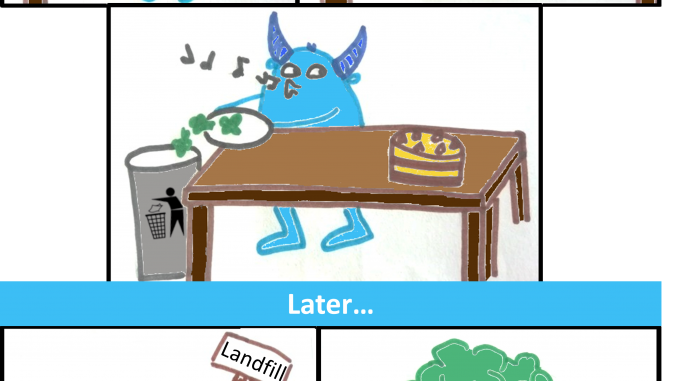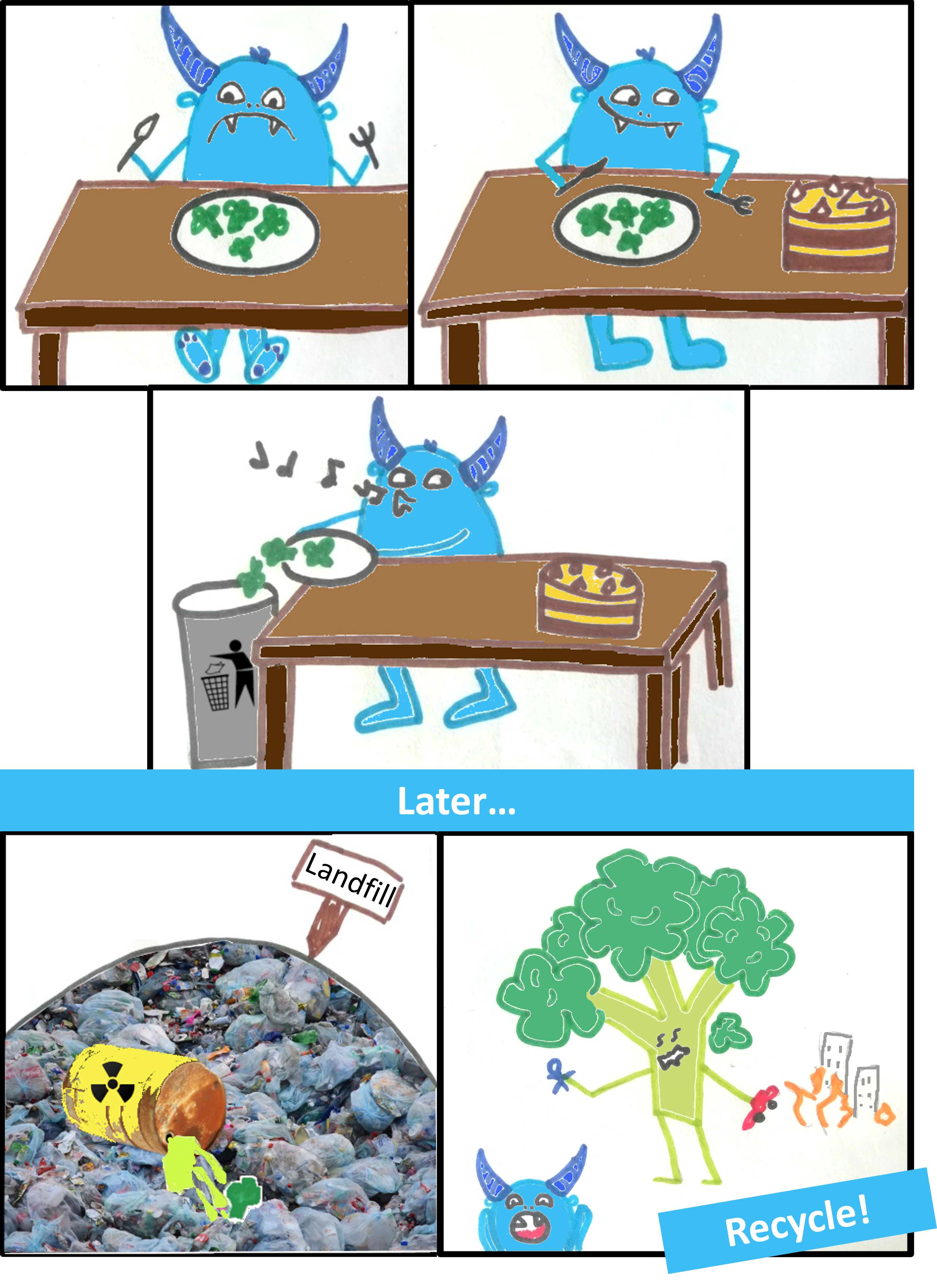
What happens to your waste after you put it in the landfill bin?
Well, it goes to landfill.
And it stays there.
This really shouldn’t surprise anyone, but reading reports of landfill excavations is still startling:
Newspapers are still readable after almost 40 years;
ten-year-old carrots are brown on the outside but bright orange on the inside;
and 20-year-old steaks still have meat on the bones.
The Myth of Biodegredation, https://www.ecoproducts.com/images/pdfs/talking_points/Biodegradation.pdf
And as strange as it sounds, this is actually a good thing. Biodegradable materials, including wood, emit methane when decaying under anaerobic conditions. If these materials were to decay in the landfill, methane would escape into the atmosphere. This is why modern landfills are sealed under anaerobic, dry conditions and decay is largely prevented. Some methane is still created in landfills, most of which is captured and burnt for energy production.
Still, your carrots and broccoli should stay out of the landfill. Food waste is more likely to decompose in landfills, as compared to other organic materials like wood and paper. More importantly, your food waste has value.
Calorific value, that is. A proportion of your waste is burned instead of sent to landfill, and the calorific value decides how much energy can be produced from your waste. The organic fraction of municipal waste (e.g. food waste and garden waste) has a much lower calorific value compared to plastics, because it contains so much water. That means our energy production gets more efficient the more organic waste we can extract from the waste stream. The organic waste can be recycled in other ways. Pure food waste collections can be treated anaerobically to produce methane, which in turn gets burned for energy. This way one food caddy can produce enough energy to power a TV for 5 hours. Another option is composting your food waste. If you have a garden and a composter, you will quickly learn how valuable your vegetable peels can be! Unfortunately, most food waste is still found in the general waste (around 79% of food waste in the UK).

What does this have to do with wood?
Firstly, broccoli and horse chestnut are more closely related than horse chestnut and sweet chestnut. Not enough?
Currently, food waste and wood waste have similar end of life scenarios. Wood waste going to landfills is much less of a problem than food waste, however. If wood ends up in landfill it is unlikely to decompose, so the carbon is sequestered for a long time. More importantly, less than 1% of wood waste goes to landfill. This is largely a trend following the increased biomass energy production from wood waste.
In fact, biomass production from wood chips has become such a large trend that nowadays not only waste but also virgin wood is burned for this purpose, including nearly 9 million tonnes of pellets imported mostly from North America. But waste wood could potentially be reused and recycled instead, while food waste does not bear nearly as much potential for reuse.
Even if there might not be a direct relationship between the amount of food waste and wood waste used for energy production, the more food waste we can divert from landfill the better. So make sure to throw your broccoli in the food caddy!*
*Again, for wood and for food, even though they are renewable materials: Reduce, reuse, recycle. If you know you are only buying the broccoli for your conscience, and not because you will actually eat it, don’t buy it in the first place! (Food and drink have a major contribution to the UK’s greenhouse gas emissions and about 23% of this comes from food waste.)

Leave a Reply
You must be logged in to post a comment.